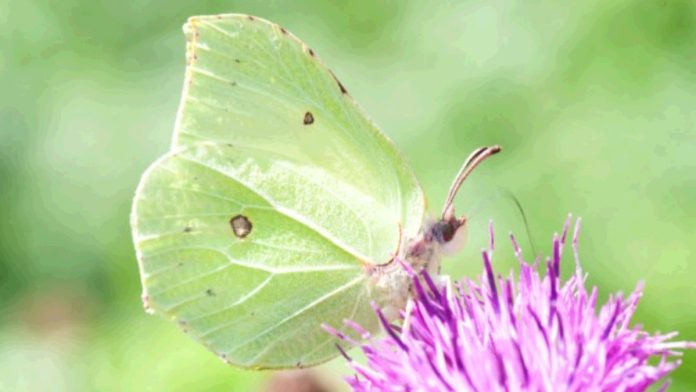Earlier signs of spring – such as the first leafing of trees or the first sightings of butterflies – could be here to stay says the Woodland Trust.
One of the first trees to come into leaf is the elder and for the last five years citizen science collected records of its first leafing have been earlier than the 20 year average by 4-16 days. 2024 seems to be following suit.
Observations of leafing on the likes of larch, rowan and oak have also been early – one to two weeks before the average. And there have been many sightings of brimstone butterflies already– traditionally one of the first to be spotted each year – about two weeks earlier than usual.
These early signs of spring are not a surprise this year since Met Office data showed temperatures in February 2.2°C above the average, making it the warmest February on record for England and Wales. And the spring index, which compares modern and historic data is running 8.7 days earlier.
Volunteers are needed to become citizen scientists to keep this 300-year-old recording tradition alive.
Dr Judith Garforth, Citizen Science Officer at the Woodland Trust said earlier springs can lead to ecological food chains becoming ‘mismatched’ or out of sync. She said: “We sometimes see insects emerging early in the spring before there are many flowers blooming to provide a good food source for them. Change has happened very quickly which is why the best option to help wildlife would be to slow it down– by reducing CO2 emissions and by planting more trees. We must continue to monitor this ever-important data we receive to keep tracking nature’s response.”
To find out more about volunteering to be a citizen scientists visit naturescalendar.woodlandtrust.org.uk.





